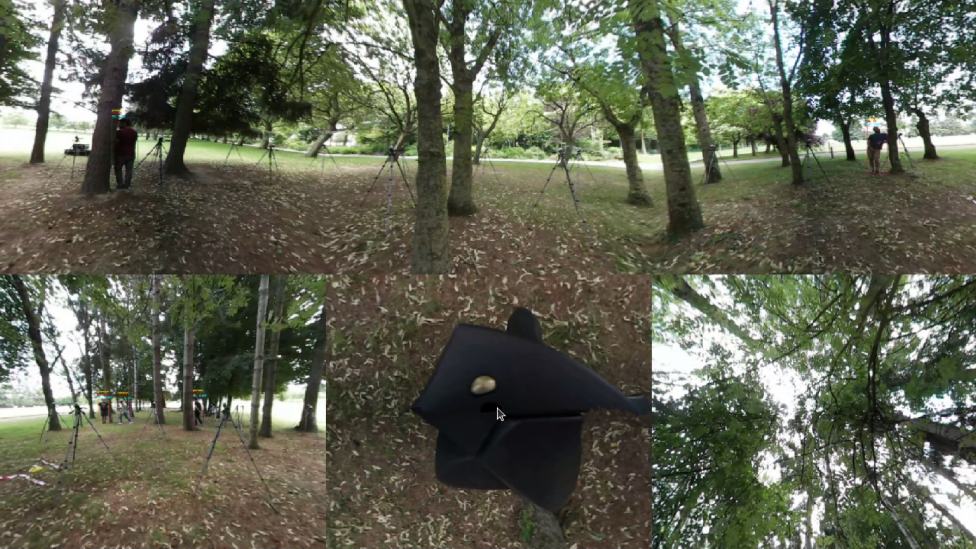
EYE
Early Diagnosis with AI-Assisted Eye Movement Analysis (VOG)
Eye movements are controlled by different brain regions and reflect neurological status. RAVENEYE evaluates data from VOG devices using deep learning to identify abnormalities associated with diseases such as Alzheimer’s, Parkinson’s, and MS with high sensitivity.
Project Info
- Program: TÜBİTAK 1501 - Industry R&D Projects
- Scope: VOG-based eye-movement measurements, AI-driven objective analysis, early diagnosis
- Clinical Inputs: Saccade, microsaccade, memory/anti-saccade, smooth pursuit, fixation
- Solution Components: Portable VOG · Central Data Pool · Automated Analysis · Visualization
- Target Use: Neurology & Ophthalmology clinics, screening/follow-up
- Stakeholders: Hacettepe Univ. Ophthalmology/Neurology Depts & Raventech
- TRL: Development stage focused on clinical validation
- Data Management: Turkey’s first large-scale eye-movement database built with anonymized patient data
Objective
- • Compare eye movements in neurodegenerative diseases with healthy individuals
- • Evaluate eye movements of different groups objectively
- • Support clinical diagnosis at early stages
Method
- • VOG-based, precise and comprehensive device infrastructure
- • Analysis of eye-tracking data with 3D visual tasks
- • Deep learning for automated feature extraction, data augmentation, and modeling
- • Visualization of results with graphs/heatmaps
Expected Outcome
- • A new screening test contributing to early diagnosis
- • Improved diagnostic workflows and cross-specialty awareness
- • Stronger clinical management and better patient quality of life
Highlights
- • Rapid setup and clinical applicability with portable VOG
- • Automated and objective assessment (physician decision support)
- • Continuously learning models via an anonymized central data pool
- • Clear reporting with heatmaps and graphs
System Flow
- Data collection with VOG (clinical task sets)
- Anonymization and transfer to the central data pool
- Automated analysis with deep learning models
- Disease stage estimation & clinical report


